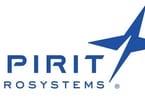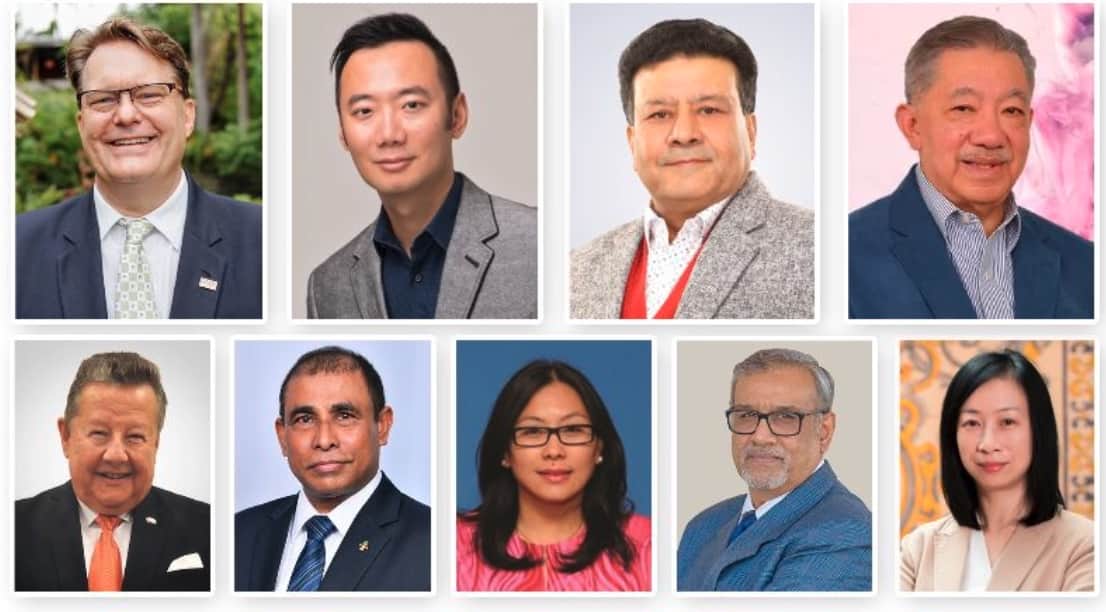After a hiatus of three years, Mekong Tourism Forum has been successfully revived thanks to the strong will of the Mekong Tourism Office (MTO) with the support of various institutions such as the Asia Development Bank (ADB), the Royal Government of Cambodia, the French Ministry of Foreign Affairs, PATA, or USAID-funded ASEAN Competitiveness Enhancement (ACE). Some over 170 attendees came during the two-days session. And for Mason Florence, MTO executive director, the outcome of this first forum organized by his office has been more than positive.
“The Mekong ‘brand’ is really appealing and consequently generates interests from both consumers and the trade. We then recorded a high interest from people coming from all horizons such as NTOs, government bodies, NGOs, but also tour operators, hoteliers, and media. I find it even more encouraging to see an increasing number of local people being part of our discussions and panels. It is great to see this new generation being more and more active in all aspects of the civil society,” Florence said.
The Greater Mekong sub-region, with its rich cultural heritage and its dramatic landscapes, is likely to continue to pull in more and more travelers. “From 2004 to 2009, travelers to the area [have] grown from 20.5 to 25 million. And we predict a further rise to 26 or 27 million annual visitors by 2012,” indicated Greg Duffell, PATA CEO.
The theme of the forum, “New Roads, New Opportunities,” highlighted the benefits to tourism occurring from the development of new road corridors linking the region. “The time is right for inspirational and innovative cross-border tourism ideas that utilize the new road links,” explained Florence. Corridors now link the GMS on a north-south axis and west-east axis. From Bangkok, accessing Siem Reap for example takes only five hours.
There is, however, still room to improve for visitors traveling by road, especially at border points. Talking about their own experiences, two travel industry veterans, former CEO of Singapore Tourism Board Lim Neo Chian and Asian Trails CEO Luzi Matzig, asked national authorities to work on a framework to harmonize conditions of entry for individuals with a vehicle. Short opening hours at borders or a lack of facilities such as ATM, money exchange outlets, or information centers must also be reconsidered and improved to facilitate the travel exhibition. “But the situation [is] nothing to be compared with even five years ago,” told Matzig.
Improved connections will also help tourism authorities to get into the next GMS step. “We are now moving from infrastructure provision to promotion and protection in the GMS,” explained Florence.
More and more companies are taking seriously the issue of sustainable tourism with people’s education and the protection of the environment being the core of most GMS initiatives. For USAID-ACE director Mr R. J. Gurley: “ASEAN has identified responsible tourism as a priority sector for growth and greater integration in ASEAN and Mekong countries. The ACE Project is exploring how we can enhance the tourism industry’s integration and competitiveness at the regional and sub-regional levels.”
ADB for example provides over US$47 million to the development of projects related to sustainable tourism in the lower Mekong basin. France’s NGO, Agir pour le Cambodge (Acting for Cambodia), supports, for example, Sala Bai, a cooking training school in Siem Reap, which provides every year free culinary teaching to approximately 100 Cambodian children from poor families.
Community-based tourism is of high priority for many state and private institutions. Christine Jacquemin, the MTCO Sustainable Tourism Development project coordinator, a position supported by the ADB, explained: “ADB[‘s] aim is for responsible community-based tourism enterprises to develop along and near the road corridors; these new businesses are, in fact, contributing to diversify attractions and bring in money outside the major destinations.”
Community-based tourism is particularly thriving in countries such as Thailand, Laos, and Cambodia. Many villages now make a living out of tourism and are being actively promoted by NGOs and integrated into tour-operators circuits.
For Florence, the Mekong Tourism Forum will then be the annual gathering to look after GMS’ latest evolutions or trends. “My aim is to make the forum MTO’s flagship event,” he said. It seems his dream has turned into reality. GMS countries are now asking to also get a future MTF edition. Laos bid successfully for the 2011 edition.
“It will take place in Pakse in Champassak province in Southern Laos around the same time of the year. And we hope to organize even an event to bring delegates by road from Vietnam, Thailand, Cambodia, and, why not, China to experience the Mekong[‘s] new connections,” added the MTO executive director.
WHAT TO TAKE AWAY FROM THIS ARTICLE:
- After a hiatus of three years, Mekong Tourism Forum has been successfully revived thanks to the strong will of the Mekong Tourism Office (MTO) with the support of various institutions such as the Asia Development Bank (ADB), the Royal Government of Cambodia, the French Ministry of Foreign Affairs, PATA, or USAID-funded ASEAN Competitiveness Enhancement (ACE).
- Talking about their own experiences, two travel industry veterans, former CEO of Singapore Tourism Board Lim Neo Chian and Asian Trails CEO Luzi Matzig, asked national authorities to work on a framework to harmonize conditions of entry for individuals with a vehicle.
- Short opening hours at borders or a lack of facilities such as ATM, money exchange outlets, or information centers must also be reconsidered and improved to facilitate the travel exhibition.






















